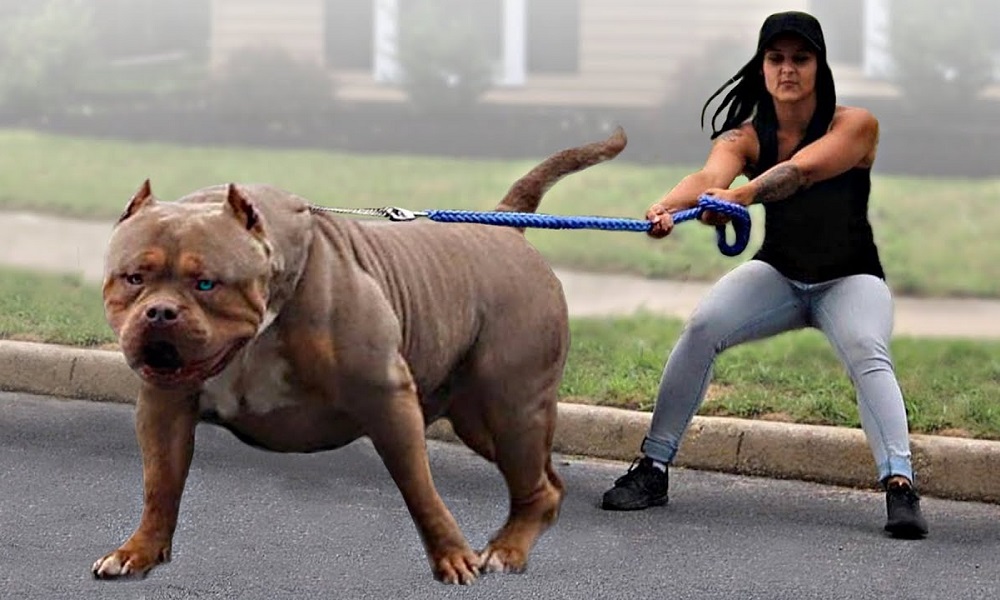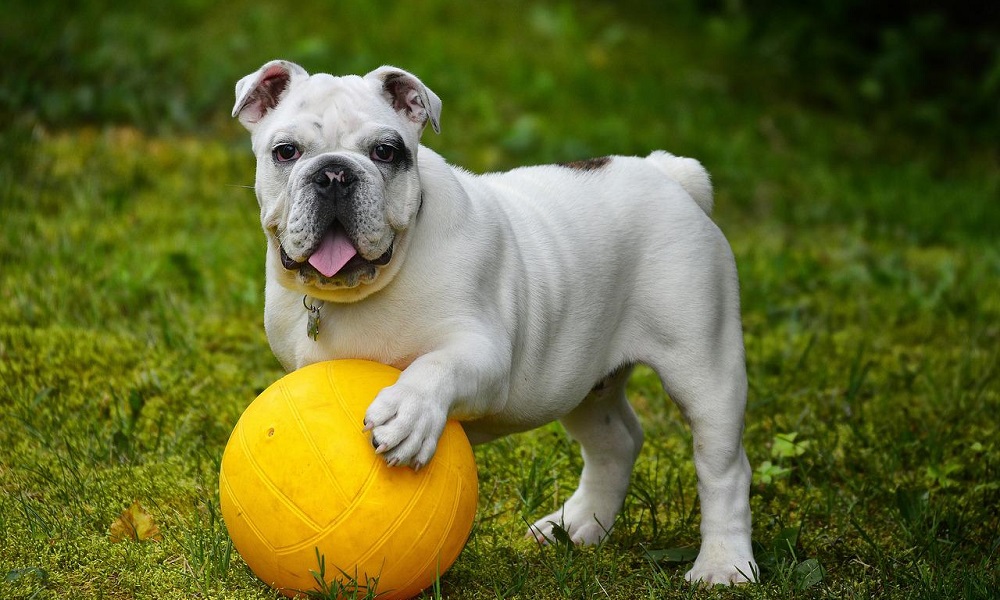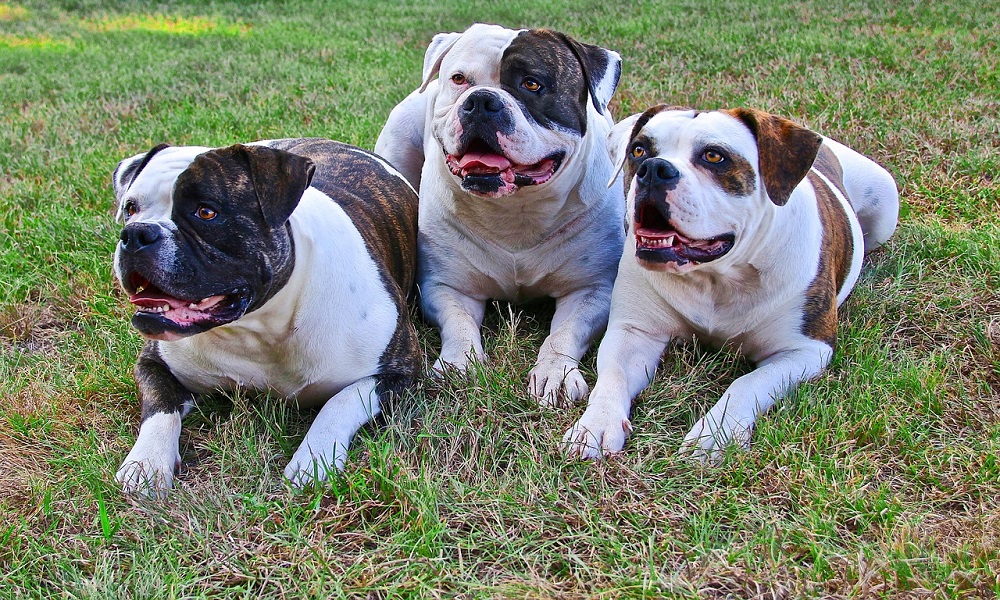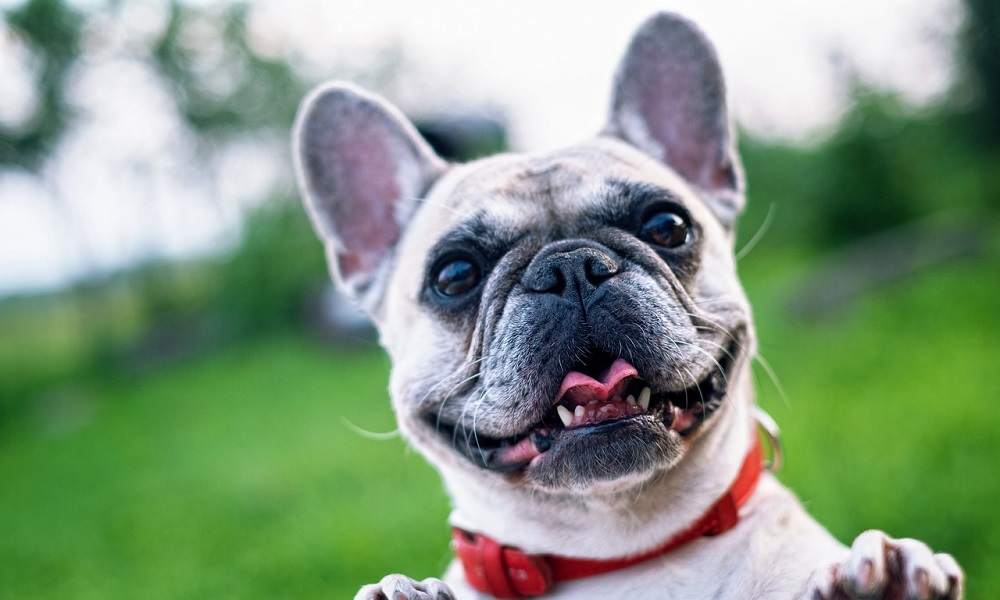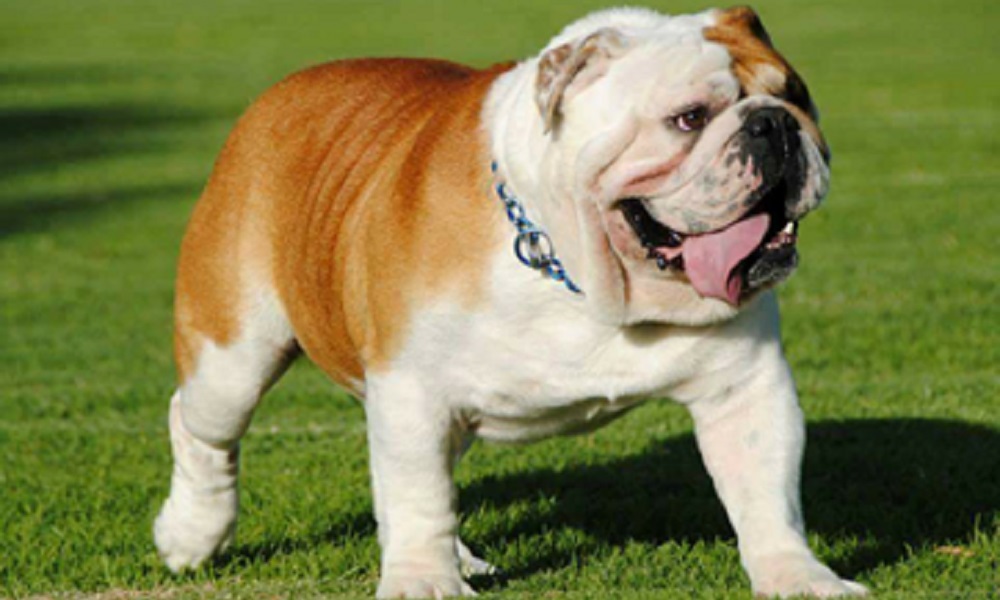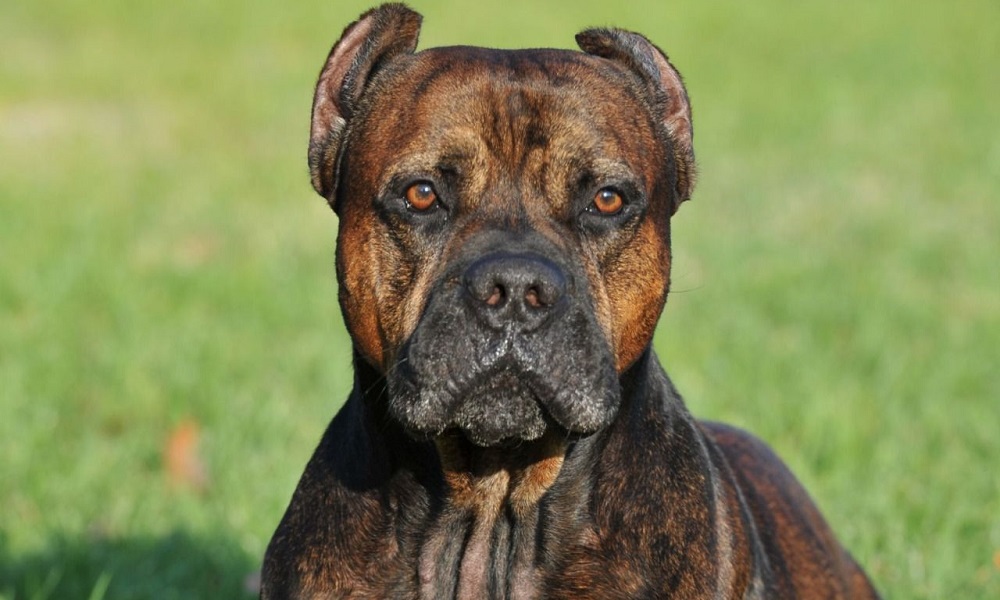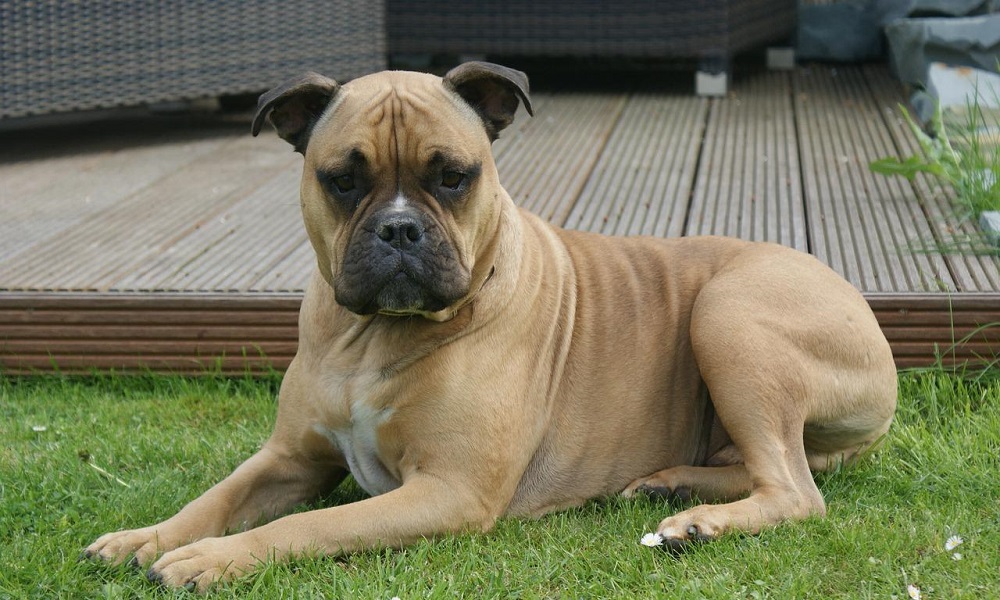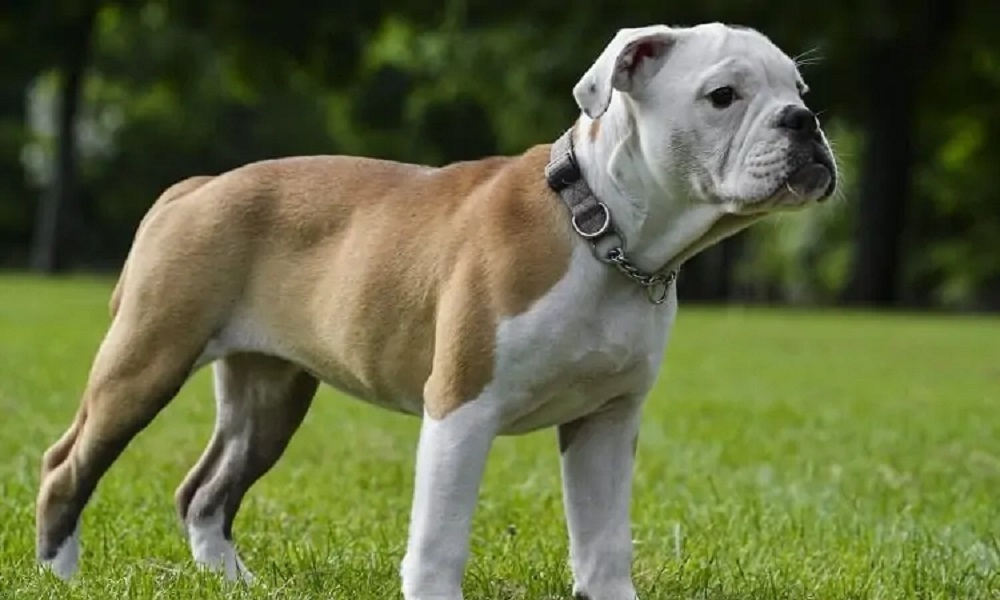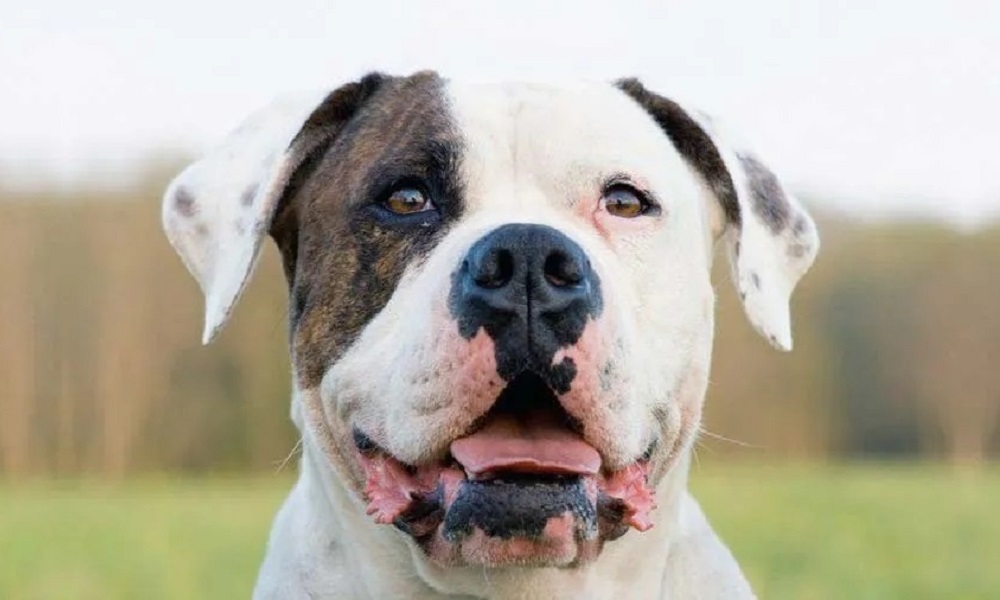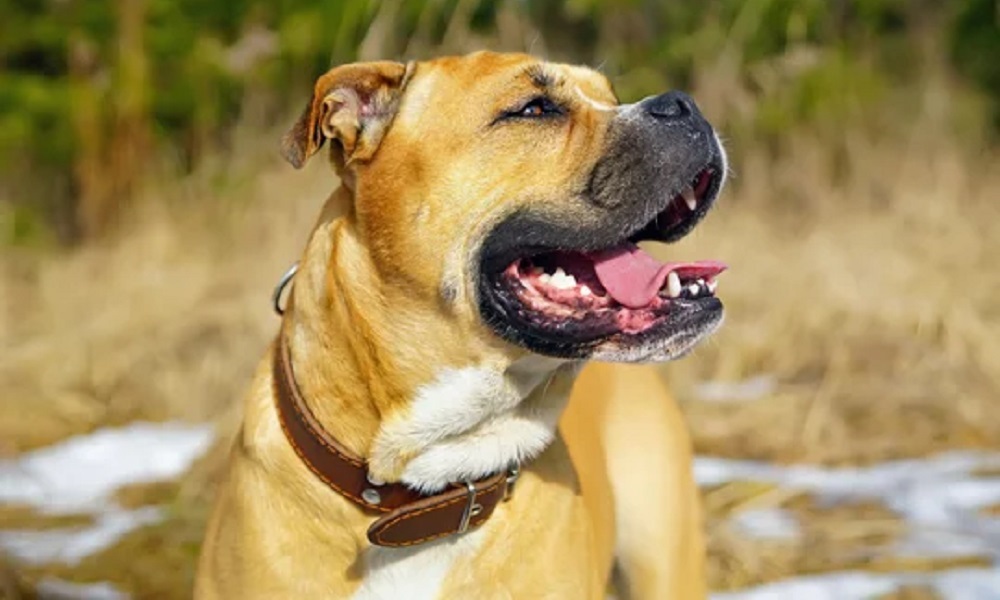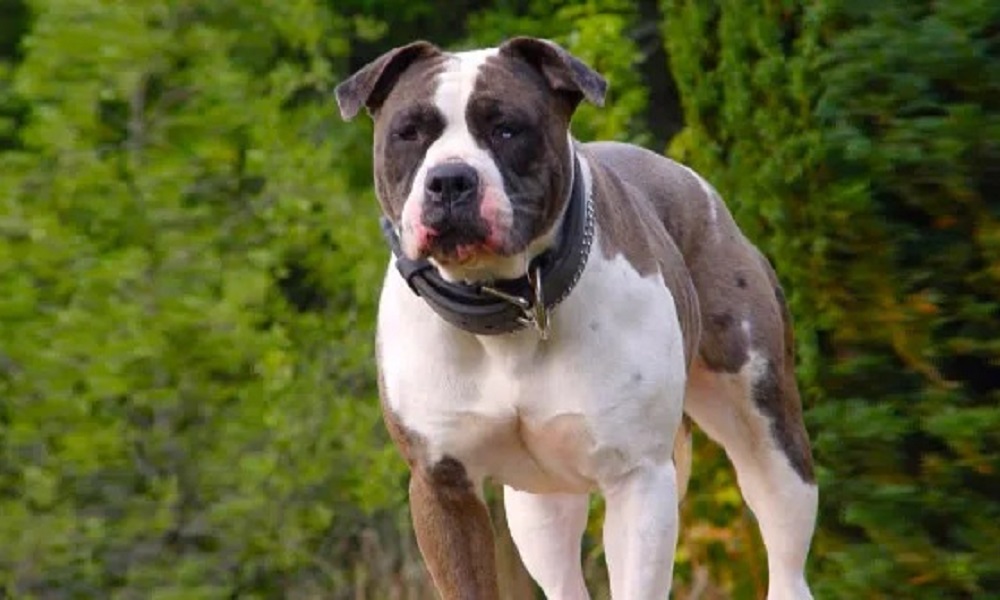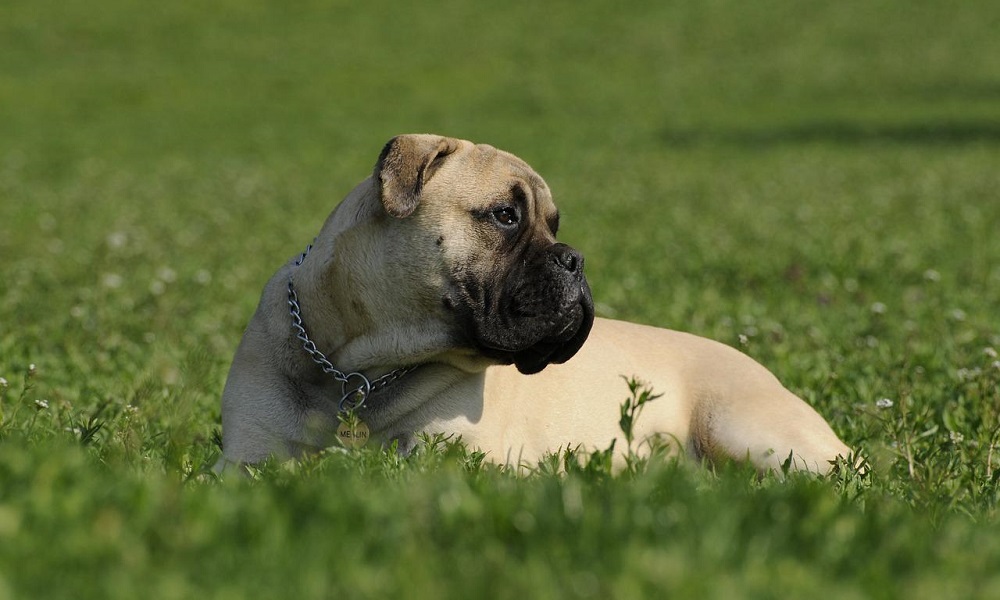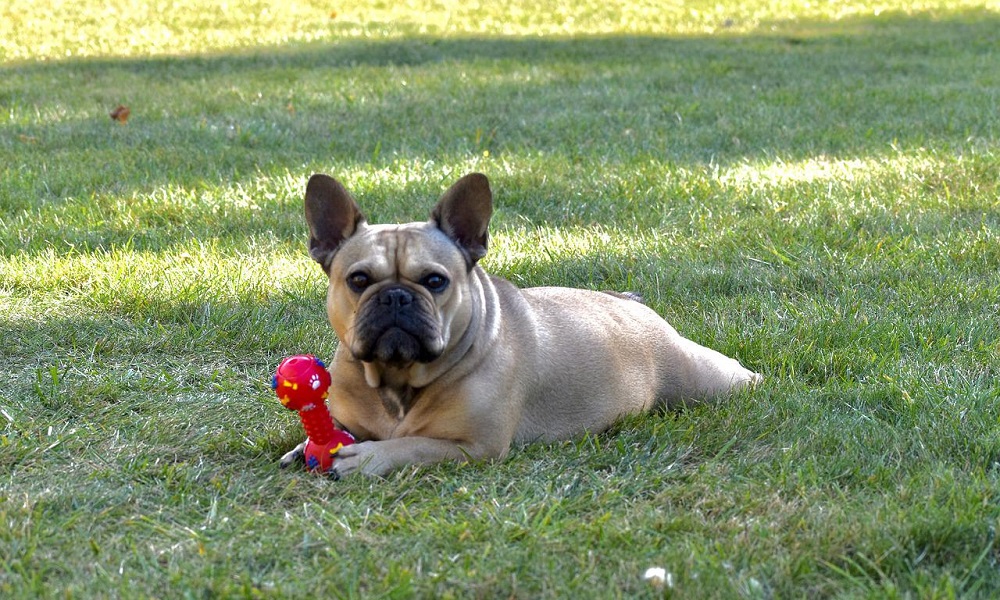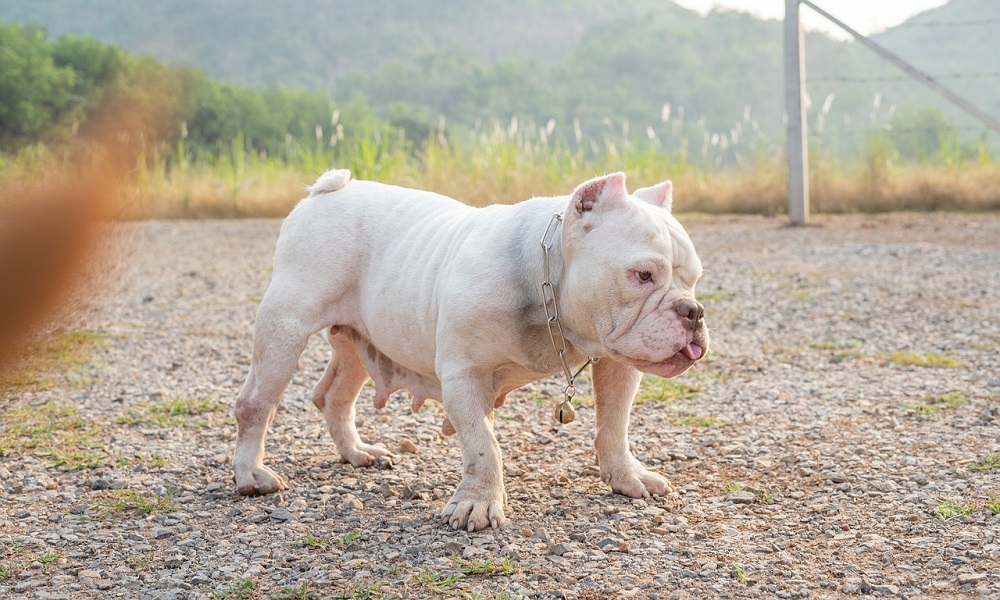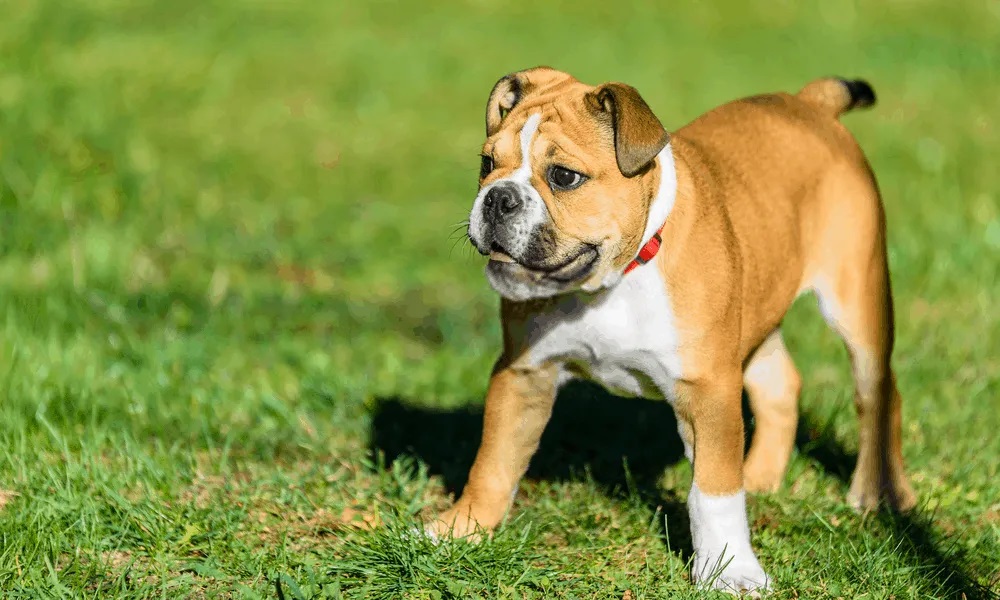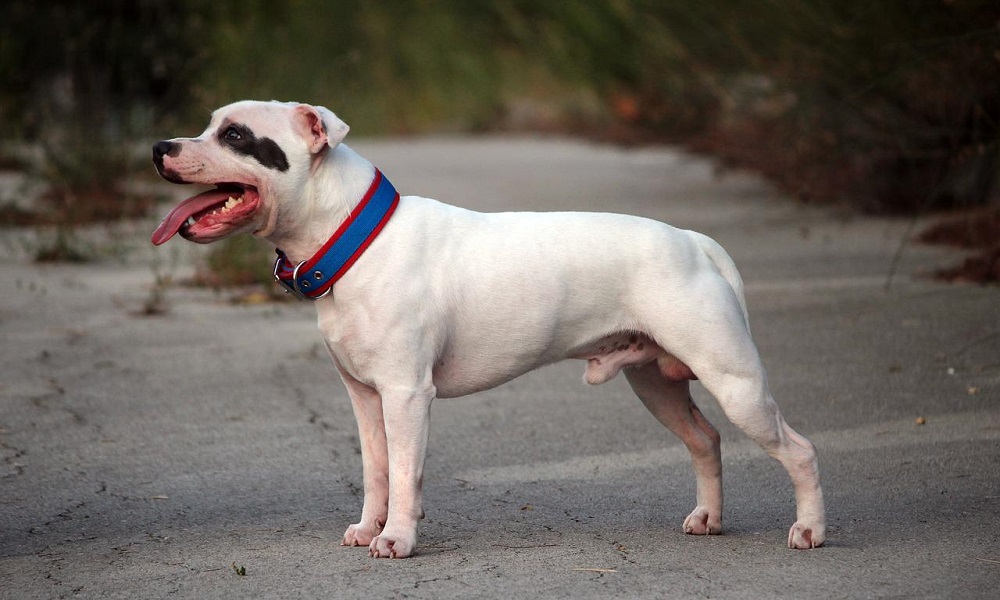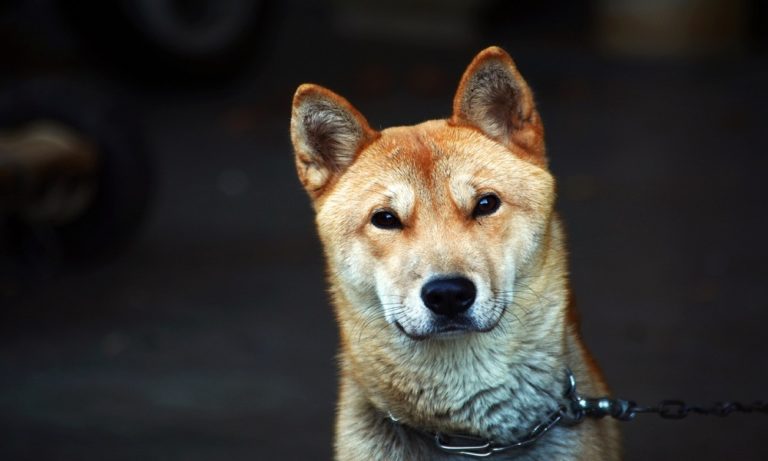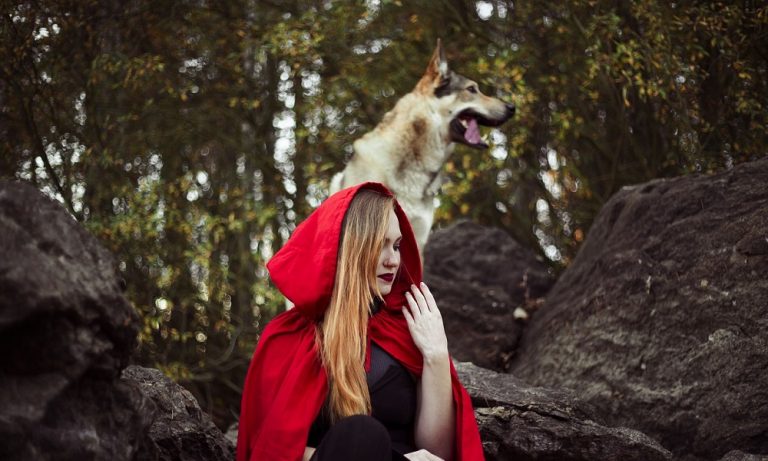15 Types of Bulldog Breeds – A Complete Guide
With bulldogs of all breeds, it is simple to fall in love. Although you’re probably familiar with the more well-known bulldog breeds, you might be surprised to learn there are actually a lot more.
They have a particular appearance, personality, and temperament that might not suit all new or experienced dog owners.
Bulldogs come in all different breeds, but they all share the same distinctive muscular build, pushed-in nose, tiny ears, and rolling gait.
They have a short, smooth coat that is available in many different colors. While other breeds are more like a tiny dogs, some types can even be categorized as large dogs.
Bulldogs enjoy curling up in your lap, but they are not exclusively couch potatoes; they also enjoy light exercise.
Adopting a puppy from one of the many bulldog breeds out there, however, is probably a dog match made in heaven if you follow a bunch of French or American bulldog accounts for their utter cuteness.
However, choosing a bulldog breed can be a difficult and emotional process that takes time and consideration.
Top 15 Types of Bulldog Breeds
As a result, here is a list of some of the sweetest, most devoted, and family-friendly bulldog breeds.
1. English Bulldog
Breed Overview:
- Age: 8 – 10 years
- Traits: Wilful, docile, friendly, and gregarious
- Height: 31–40 cm
- Colors: White, fawn, piebald, fawn & white, brindle & white
- Weight: 18–23 kg
This might be the first thing that comes to mind when you hear the word “bulldog.” They made an impression on dog lovers everywhere with their well-known wrinkled faces and stocky frame.
These large dogs, which weigh 50 to 54 pounds on average, are short but sturdy. Due to their structure, they may appear a little intimidating, but they are actually very affectionate and docile.
The majority are tolerant and loving towards children because they are relaxed and carefree. They are extremely gregarious and sociable, making them excellent companions.
When properly socialized, they get along great with other animals. Act aggressively towards unfamiliar dogs in their territory. They are watchdogs by nature, so if they detect a possible threat, they will also let you know.
2. American Bulldog
Breed Overview:
- Age: 10 – 15 years
- Traits: Friendly, energetic, assertive, loyal, confident, dominant, and gentle
- Height: 50–71 cm
- Weight: 30–58 kg
- Colors: White, brindle, fawn, brown, and red
The American Bulldogs served in a variety of capacities as farm and ranch workers’ companions. These versatile working breeds did some herding, feral pig catching, and livestock guarding.
In the 19th century, farms couldn’t function without them. However, as farming declined in popularity across the nation.
American Bulldogs once more had to transition into companion animals. But because of their agreeable temperaments, the transition went smoothly and was a huge success.
3. French Bulldog
Breed Overview:
- Age: 10 – 14 years
- Traits: Bright, easy-going, lively, sociable, affectionate, and keen
- Height: 12 inches
- Weight: 16-28 pounds
- Colors: White, brindle, fawn, brindle & white, and tan
These little guys have an endearingly distinctive appearance that most people can recognize right away. One of the smallest breeds of bulls, they have oversized, pointed ears and a smooched snout.
As adults, these dogs are small, weighing only 20–28 pounds. These sturdy little cuties make wonderful pets for companions.
Because of their upbeat, outgoing personalities, they aren’t the best choice for guard dogs. They display characteristics such as playfulness, curiosity, and a desire to please.
4. Australian Bulldog
Breed Overview:
- Traits: Easy-going, intelligent, alert, loyal, loving, and familial
- Weight: 28–35 kg
- Height: 46–51 cm
- Colors: Brindle, fawn, apricot, mahogany, orange, and red
- Age: 12-15 years
Noel and Tina Green, the pioneers of an Australian breeding program, are credited with creating the original Australian Bulldog breed.
Their objective was to create a bulldog that was practical and better suited to the harsh conditions of Australia. Of course, the English Bulldog was the primary breed used for this bulldog.
Other breeds were employed as well, including the Boxer, Bullmastiff, and Staffordshire Bull Terrier. The outcome, at least physically, was a bulldog with fewer wrinkles and longer limbs.
5. Alano Español
Breed Overview:
- Age: 11 – 14 years
- Traits: Serious, dominant, reliable, affectionate, patient, and obedient
- Weight: 25–35 kg
- Height: 55–60 cm
- Colors: Brindle, fawn, wolf-sable, black & brindle, yellow, and red
You can tell the Alano Espanol are serious about business by one glance at their intense eyes. It is extremely intelligent, physically fit, and simple to train.
They are large dogs with a weight range of 55 to 88 pounds. Even though they are very devoted, loving, and caring towards their masters and offspring, they rarely feel the same way about strangers.
Due to their dominant nature, they require adequate and assertive training. Since they were originally intended to be working dogs, they should engage in lots of physical activity.
Many thrive as outdoor pets due to their hardiness and climate adaptability.
6. Olde English Bulldogge
Breed Overview:
- Age: 9 – 14 years
- Traits: Friendly, alert, confident, loving, courageous, and strong
- Weight: 20–27 kg
- Height: 38–44 cm
- Colors: Black, brindle & white, black brindle, fawn brindle, grey, and red brindle
It’s worth noting that they’re highly protective of the family, making them some of the top guard dogs among the bulldog types.
They’re fearless dogs and won’t back down to any intruder that approached the owner’s property. As Leavitt intended, Bulldogges will be very energetic and enthusiastic dogs.
Their surplus of energy will be a problem if it isn’t channeled into work or exercise. With a dominant personality, the last thing you’d want is a destructive Bulldogge.
7. Victorian Bulldog
Breed Overview:
- Height: 16 – 19 inches
- Weight: 55 – 75 pounds
- Age: 12 – 14 years
- Colors: White, red, fawn, pied, and brindle
- Traits: Loving, Loyal, kind, happy, and easy to train
The English Bulldog breed has made it a priority to permanently eradicate its breeding problems.
They continue to have an extremely similar appearance to their English cousins, making them almost impossible to tell apart. They weigh between 50 and 75 pounds when fully grown.
They are a cross between a Staffordshire Terrier, English Bulldog, Bull Terrier, and Bull Mastiff. This dog shares the English Bulldog’s cheerful disposition, serenity, and squishy rolls.
8. Catahoula Bulldog
Breed Overview:
- Age: 10 – 15 years
- Traits: Friendly, energetic, assertive, loyal, confident, dominant, and gentle
- Height: 50–71 cm
- Weight: 30–58 kg
- Colors: White, brindle, fawn, brown, and red
This dog obtained the best of both worlds by crossing the American Bulldog and the Catahoula Leopard. They are renowned for their multicolored coat, intensely vivid eyes, and friendly dispositions.
The result is a gorgeous companion dog. They are brilliant, incredibly devoted, and protective in certain circumstances. They not only make wonderful family pets, but they also work well as guards and working dogs.
9. Ca de Bou
Breed Overview:
- Traits: Self-assured, loyal, quiet, courageous, and brave
- Height: 52–55 cm
- Weight: 30–34 kg
- Colors: Brindle, fawn & black, black-tipped, fawn
- Age: 10 to 12 years
They are typically calm and relaxed dogs in the home once you have introduced proper obedience training. They are actually some of the most silent dogs you will ever meet.
They are therefore excellent watchdogs and guardians. The Ca de Bou doesn’t put a lot of faith in strangers.
At the first sign of danger, they’ll approach them with extreme caution before turning into fearless guard dogs. The best guardians always seek advice from their charges, and so will these ones.
10. Alapaha Blue Blood Bulldog
Breed Overview:
- Traits: Dutiful, protective, loving, trainable, and responsible
- Weight: 30–45 kg
- Colors: Black, white, brindle, fawn, grey, and red
- Height: 48–66 cm
- Age: 11-13 years
Socialization should begin when they are teenagers. These animals are very devoted to their owners and helpful. Because of their size and strength, they can be challenging to control.
You must teach them to be respectful and obedient. This breed makes a superior watchdog. They frequently reject other dogs and are very picky about new acquaintances.
11. Bullmastiff
Breed Overview:
- Age: 8–10 years
- Traits: Powerful, docile, devoted, reliable, alert, reserved, and loyal
- Height: 64–68 cm
- Weight: 50–59 kg
- Colors: Brindle, fawn, and red
The Bullmastiff is a large-sized dog of the mastiff type that is a British breed. It has a sturdy build and a short muzzle.
In the nineteenth century, it was created as a guard dog by mating the English Mastiff with the now-extinct Old English Bulldog.
12. Toy Bulldog
Breed Overview:
- Weight: 11–18 kg
- Height: 27–35 cm
- Traits: Playful, intelligent, loyal, active, and loving
- Colors: White, brindle, fawn, piebald, and red
- Age: 10-12 years
A small bulldog breed that was unrecognized and extinct during the 18th and early 19th centuries in England was the toy bulldog.
The same name is applied to unrelated, but visually comparable, dogs, most of which are contemporary crosses between bulldogs and pugs, another canine variety that is not officially recognized.
13. American Pit Bull Terrier
Breed Overview:
- Age: 8 – 15 years
- Traits: Stubborn, friendly, clownish, strong-willed, intelligent, and loyal
- Colors: Black, white, brindle, fawn, tan, brown, blue, grey, and red
- Weight: 16 – 27 kg
- Height: 45 – 53 cm
The United Kennel Club and the American Dog Breeders Association, but not the American Kennel Club, both recognize the American Pit Bull Terrier as a dog breed.
It is a medium-sized, sharp-witted, well-built dog with short hair whose earliest ancestors originated in the British Isles.
14. Valley Bulldog
Breed Overview:
- Weight: 18–30 kg
- Height: 36–46 cm
- Traits: Clownish, intelligent, loyal, companionable, protective, and strong
- Colors: White, brindle, fawn, brindle & white, tan, and red
- Age: 8-12 years
The Boxer and English Bulldog breeds were crossed to create the mixed-breed dog known as the Valley Bulldog.
These pups, who were medium in size, were energetic and devoted, and they possessed some of the best traits from both of their parents. Bull Boxer is another name for Valley Bulldogs.
15. Staffordshire Bull Terrier
Breed Overview:
- Age: 12 – 14 years
- Colors: Black, white, brindle, fawn, brindle & white
- Traits: Intelligent, reliable, affectionate, bold, loyal, fearless, and courageous
- Height: 33–38 cm
- Weight: 11–15 kg
The Staffordshire Bull Terrier, also known as the Staffy or Stafford, is a medium-sized, shorthaired purebred dog breed that was developed in the English Midlands’ Black Country of Staffordshire.
It belongs to the terrier group, one of several group names that different breed registries use.
Some Considerations for Bulldog Breeds
The Bulldog is a very popular breed, but they can be difficult to care for. Some tips to help you take care of your Bulldog:
- Bulldogs need a lot of exercise. They are a very active breed and need to be taken on walks or runs every day.
- Bulldogs are known for their flatulence, so it is important to feed them a high-quality diet that does not contain any fillers or artificial ingredients.
- Bulldogs are prone to heat stroke, so it is important to keep them cool in hot weather and never leave them in a car unattended.
- Bulldogs have sensitive skin and are prone to allergies, so it is important to use only hypoallergenic shampoo and grooming products on them.
- Lastly, Bulldog breeds require regular grooming to keep their coat healthy and free of mats or tangles.
Are Bulldogs Good for Beginners?
Assuming you are referring to the English Bulldog breed, they can make good beginner dogs in the right home. They are a relatively low energy breed that is okay with short walks and leisurely playtime.
They also tend to be patient and good natured, which can make them tolerant of kids. That being said, they do have some potential challenges.
Bulldogs can be stubborn and require patience when it comes to training. They may also snore loudly and drool due to their facial structure.
If you are considering an English Bulldog as your first dog, be sure to do your research and find a reputable breeder or rescue organization.
Is a Bulldog Easy to Train?
Yes, a bulldog is easy to train. There are several reasons for this.
First, they are intelligent and can learn new tricks quickly.
Second, they are obedient and will follow commands if they are properly trained.
Third, they have a good temperament and will not become agitated or aggressive easily.
Finally, bulldogs are food motivated and will often be willing to perform tricks or tasks in exchange for treats.
How to Train a Stubborn Bulldog?
Training a stubborn bulldog can be challenging but rewarding. Bulldogs are known for their independent and strong-willed nature, but with patience, consistency, and positive reinforcement, you can effectively train them.
Here’s a step-by-step guide:
1. Establish Yourself as the Leader
- Be Calm and Confident: Bulldogs respect a calm and assertive leader. Show confidence without being aggressive.
- Set Boundaries: Make it clear what behaviors are acceptable and what aren’t. Consistency is key.
2. Use Positive Reinforcement
- Rewards: Bulldogs respond well to treats, praise, and affection. Reward them immediately for good behavior.
- Avoid Punishment: Negative reinforcement can make a bulldog more stubborn. Instead, redirect bad behavior to something positive.
3. Keep Training Sessions Short and Fun
- 10–15 Minutes: Bulldogs have short attention spans. Limit sessions to 10-15 minutes to keep them engaged.
- Playful Approach: Incorporate games or fun activities to make learning enjoyable.
4. Be Consistent
- Routine: Train at the same times daily to establish a habit.
- Clear Commands: Use the same words and gestures for commands like “sit,” “stay,” and “come.”
5. Be Patient
- Take It Slow: Bulldogs may take longer to grasp new commands. Don’t rush or get frustrated.
- Celebrate Small Wins: Even small progress deserves recognition.
6. Use High-Value Treats
- Bulldogs are food-motivated, so use treats they love. This can be small bits of chicken, cheese, or a favorite dog treat.
- Reserve the best treats for the hardest tasks to keep them motivated.
7. Socialize Early
Expose your bulldog to new people, pets, and environments from a young age. This helps them stay calm and well-behaved in different situations.
8. Leverage Their Laziness
Bulldogs can be lazy, so use this to your advantage. Teach them to “stay” or “settle” while they’re already lying down.
9. Address Stubborn Moments
- Redirect: If they resist, calmly redirect their focus with a toy or treat.
- Don’t Give In: If they ignore a command, don’t reward or reinforce their behavior. Wait until they comply.
10. Seek Professional Help if Needed
If your bulldog’s stubbornness becomes unmanageable, consider enrolling them in a training class or working with a professional dog trainer.
Additional Tips:
- Exercise Regularly: A tired bulldog is less likely to act out. Make sure they get enough physical activity.
- Start Early: The earlier you begin training, the easier it will be.
- Stay Positive: Always end training sessions on a positive note.
With time, patience, and love, even the most stubborn bulldog can learn to follow commands and behave well!
Final Thoughts
Although the breeds we’ve talked about have a lot of similar traits, Bulldogs stand out on their own. Each possesses a unique range of personality, meaning, and appeal.
There is no shortage of diversity in this place, that much is certain. Bulldogs are a well-liked breed among American families, but you should do your research before getting one because these puppies are unluckily more likely to experience respiratory, spinal, and skin problems.
If you’re thinking about getting a bulldog, educate yourself first. They naturally get along well with kids. They adore the mayhem that children bring to the table.
Nevertheless, you should monitor interactions and properly socialize them. However, some owners claim that they are jealous and can be possessive.
